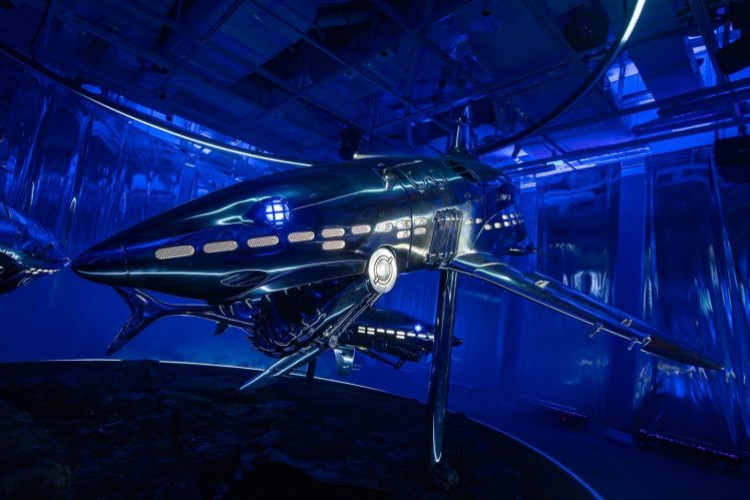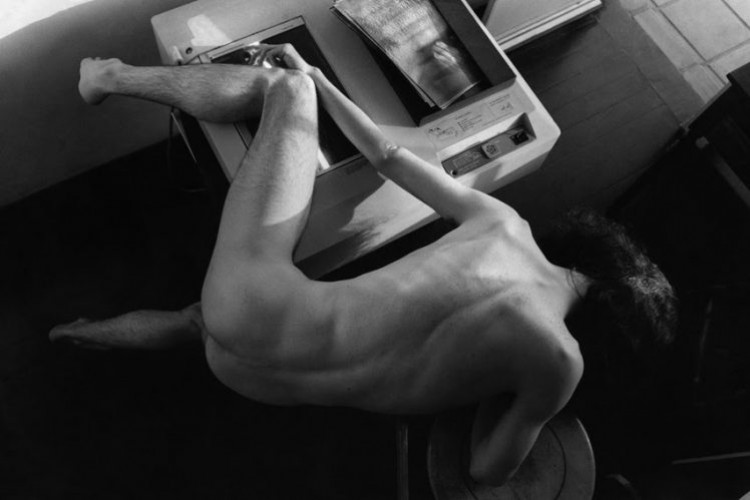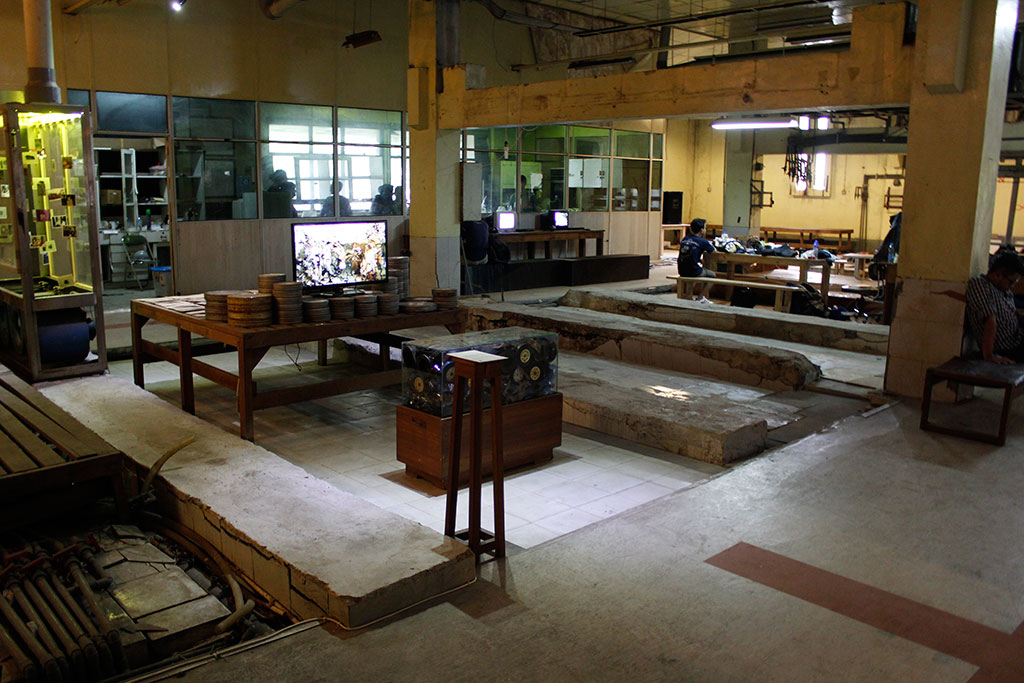
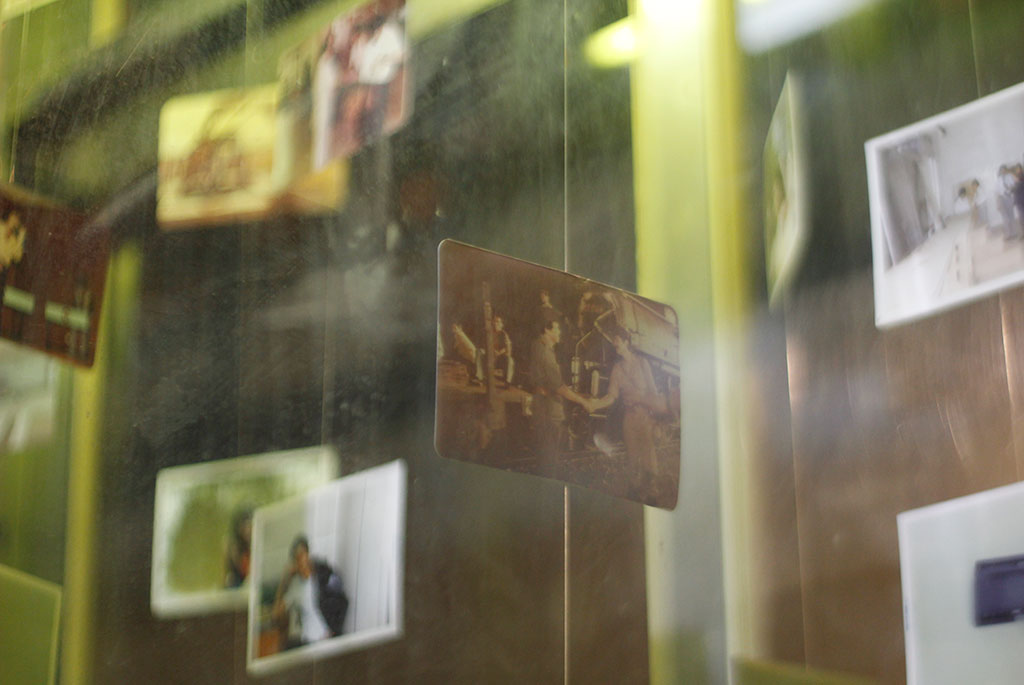
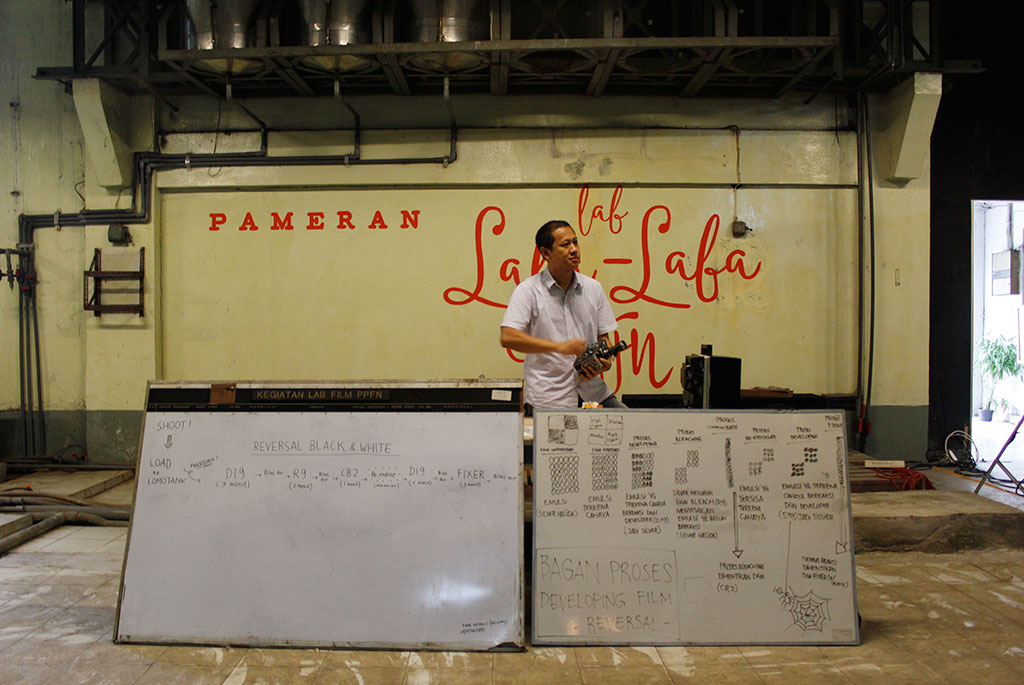
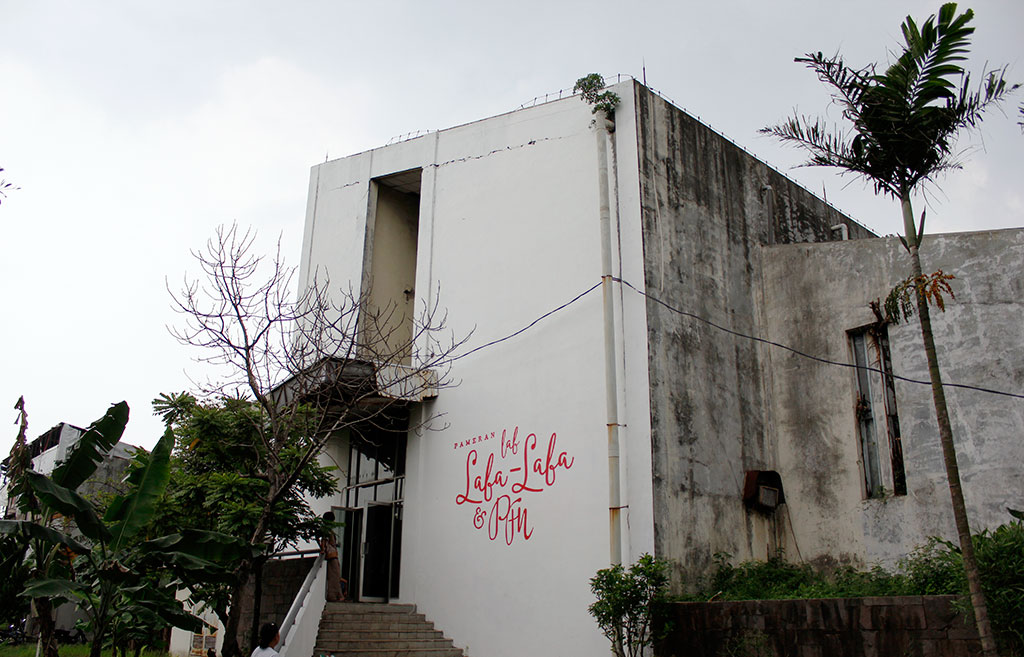
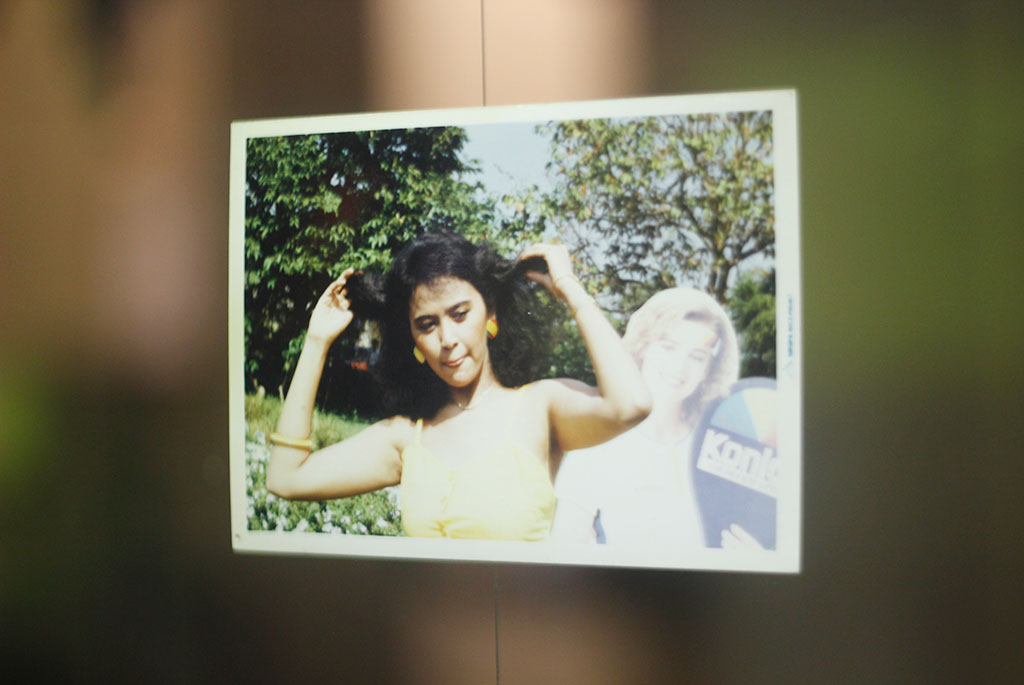
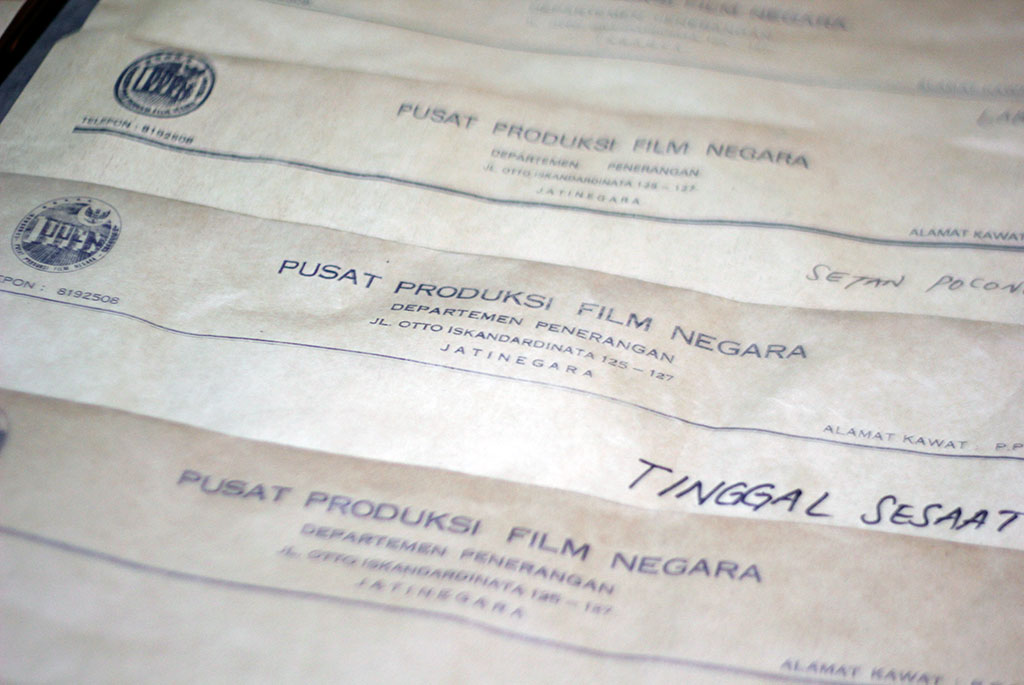
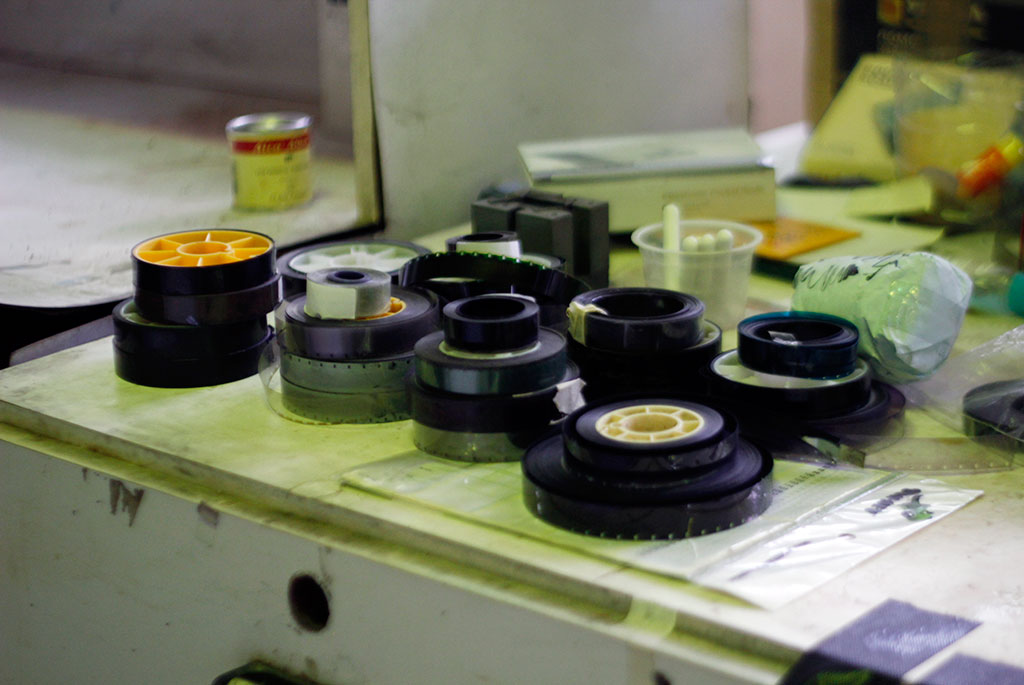
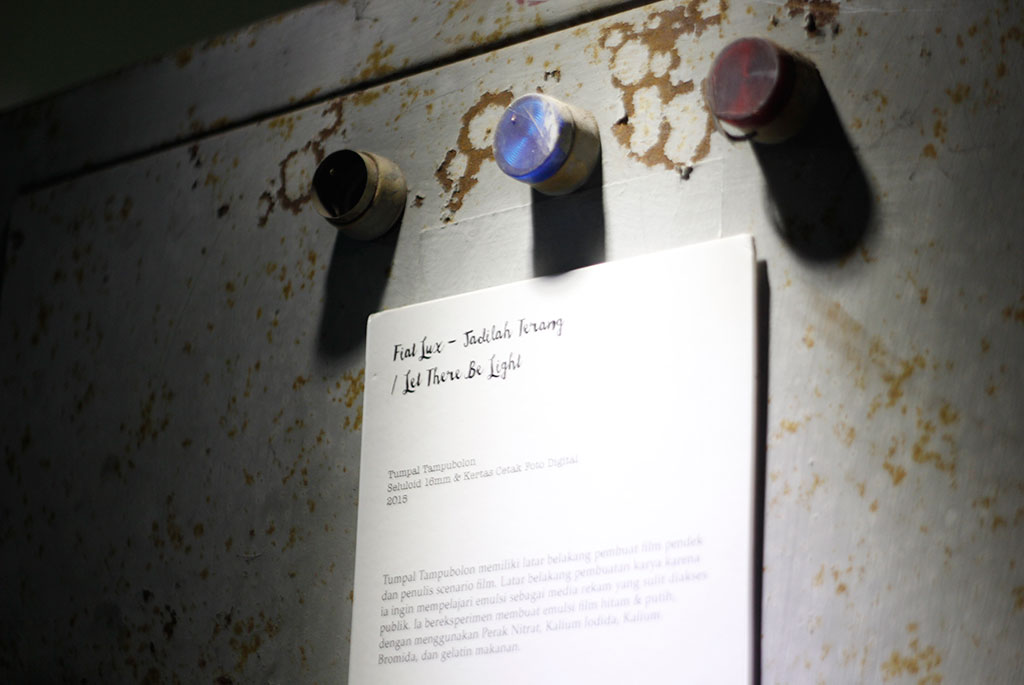
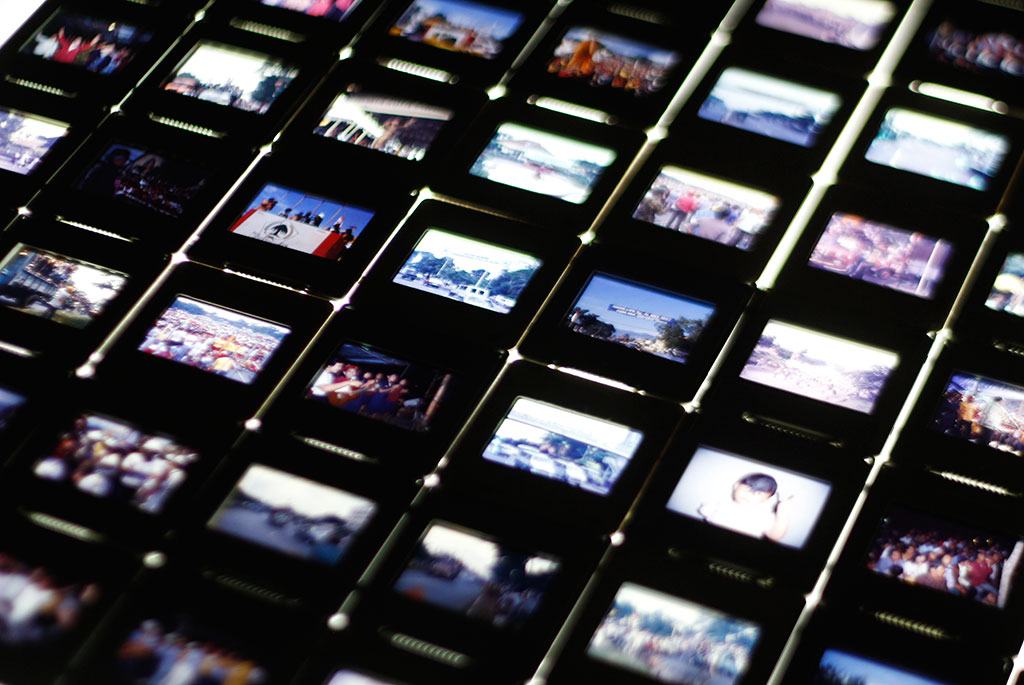
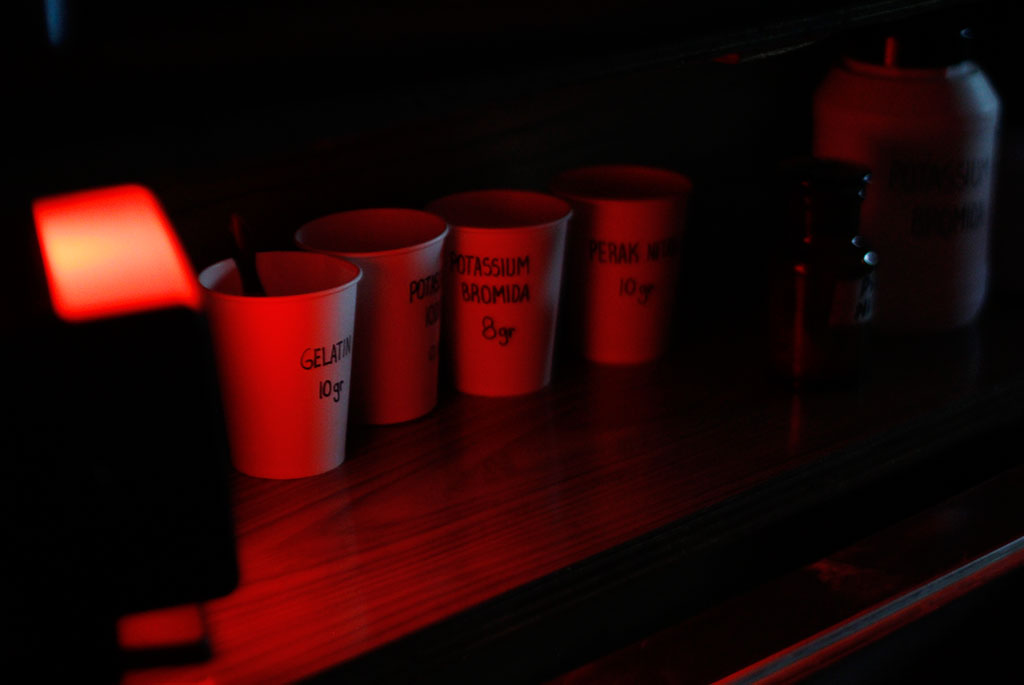
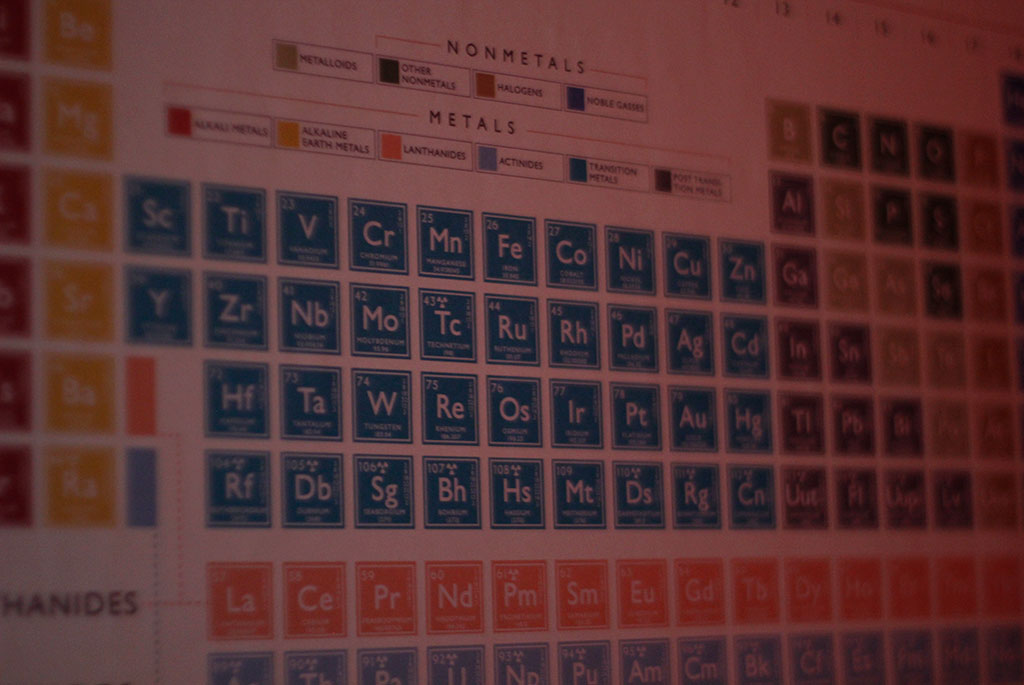
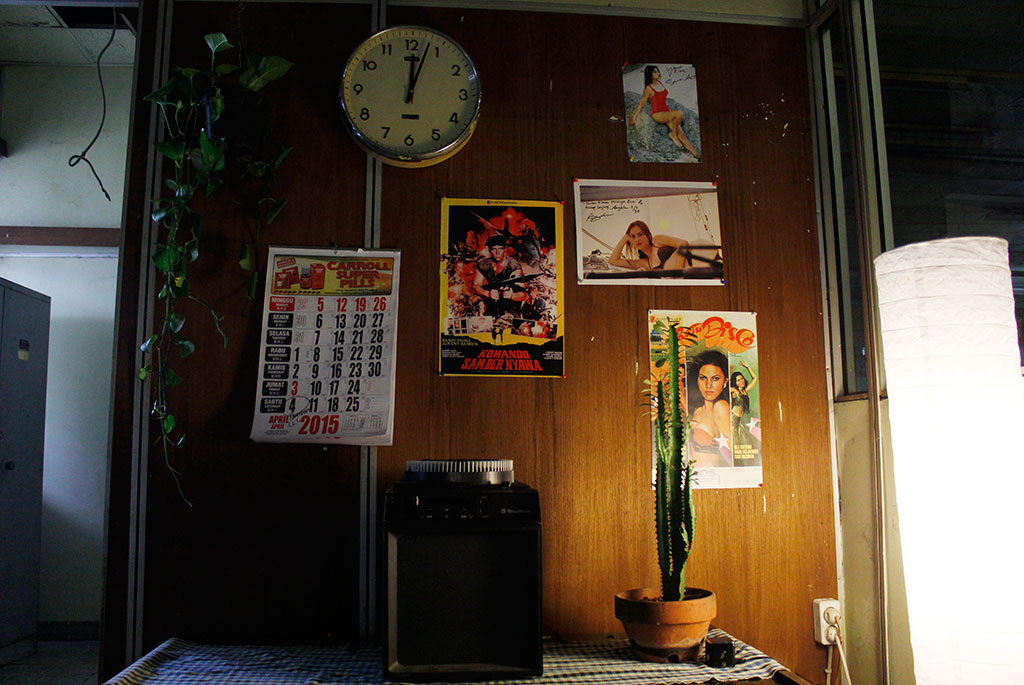
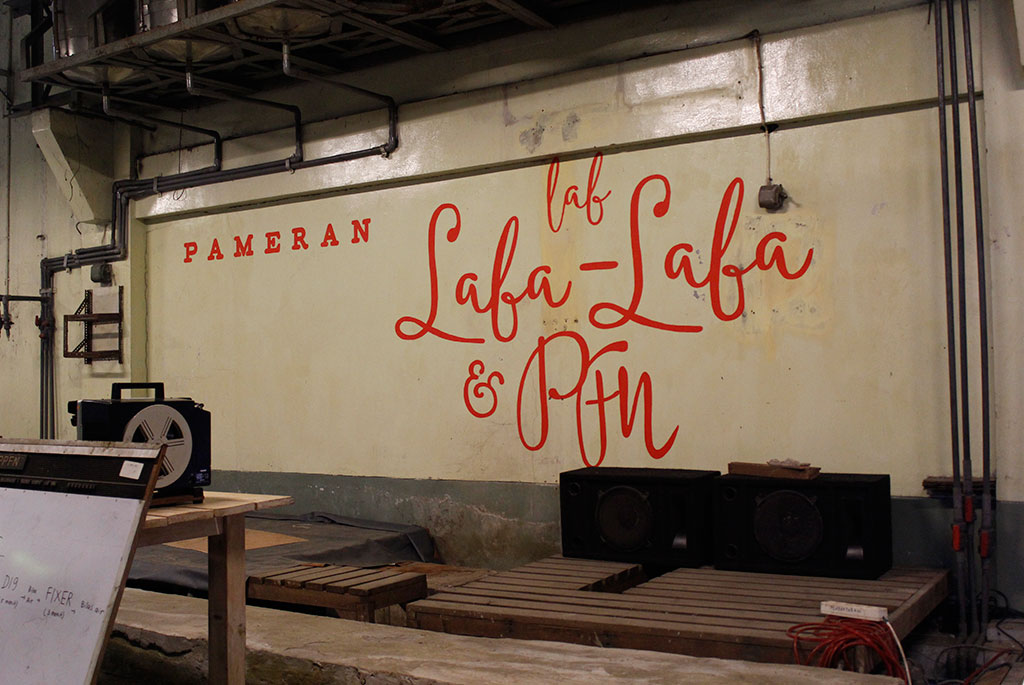
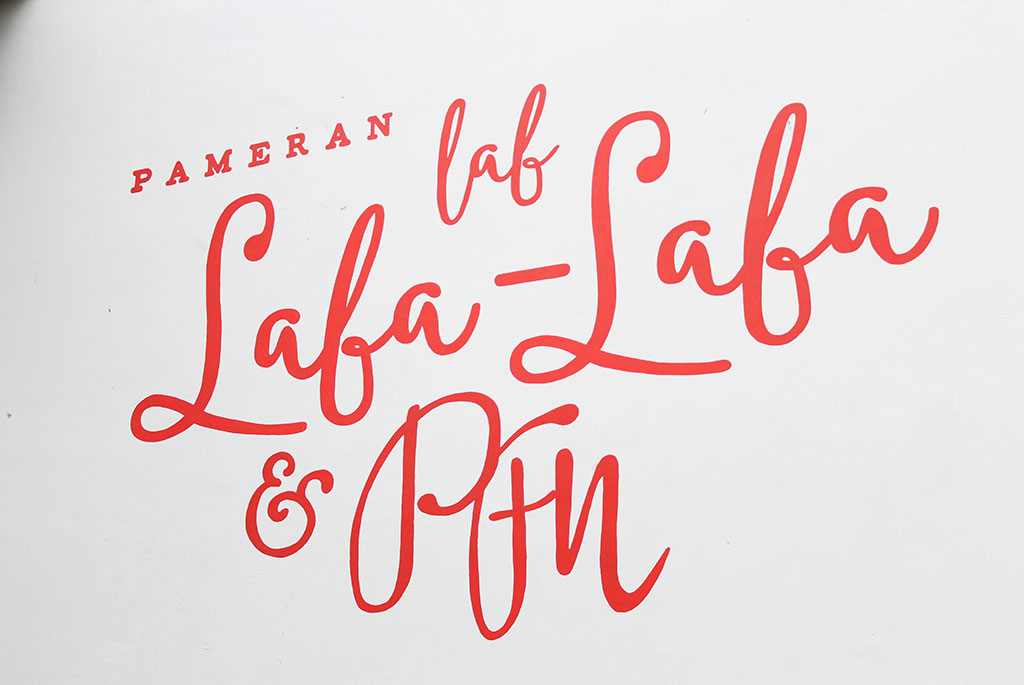
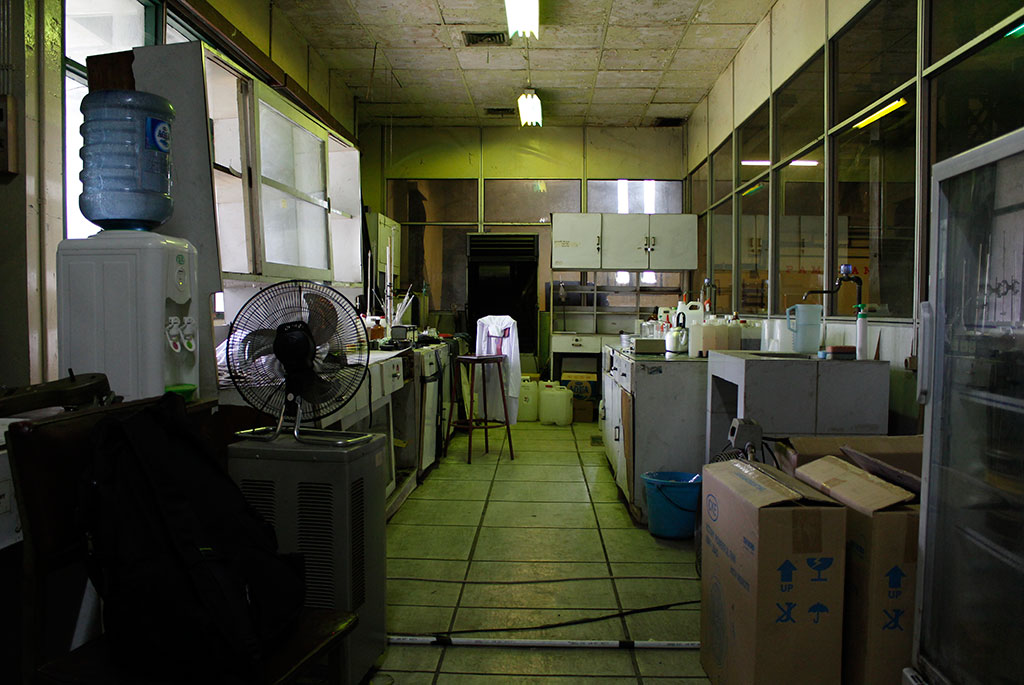
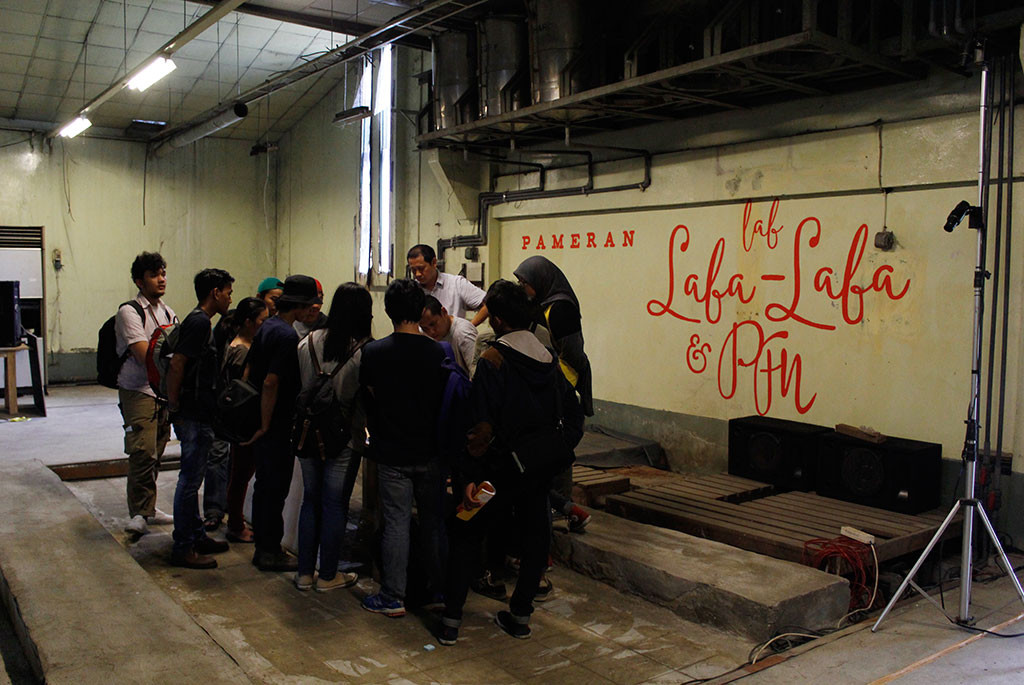
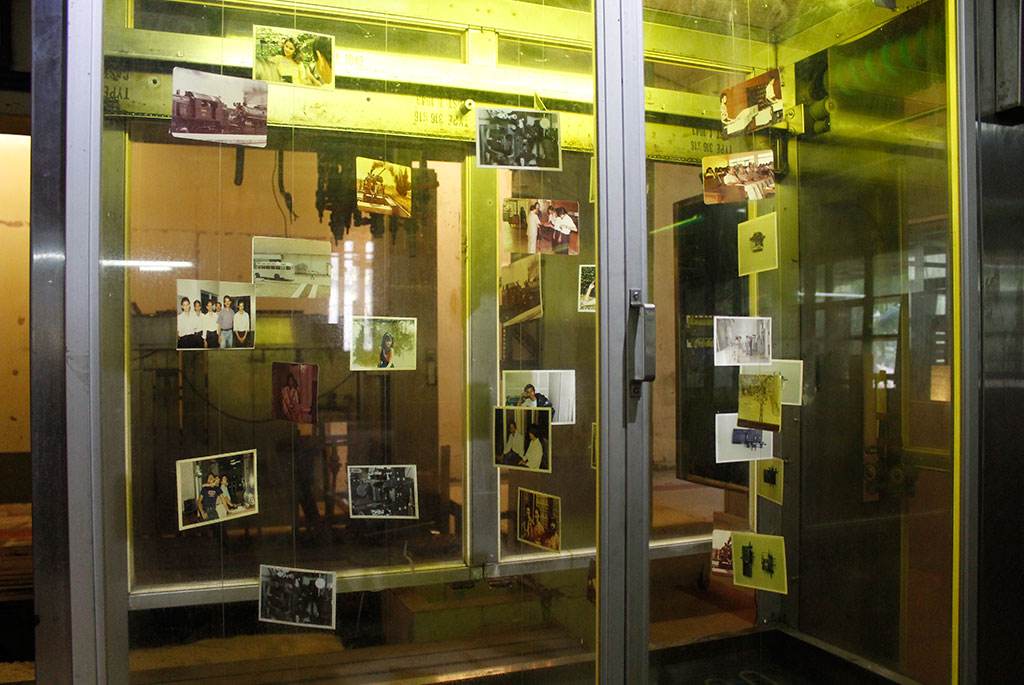
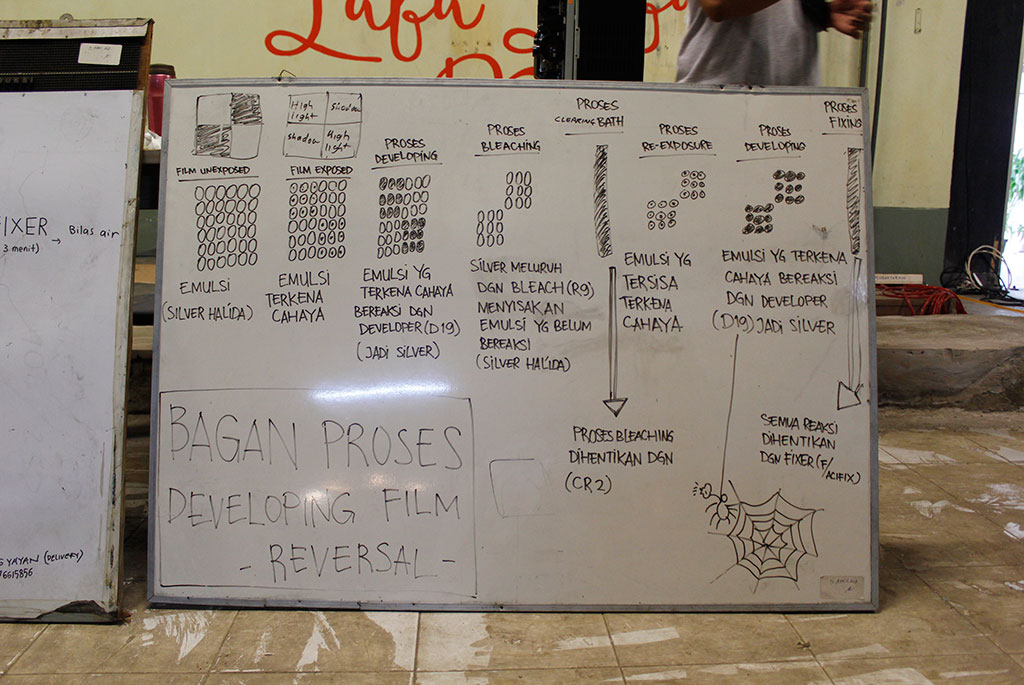
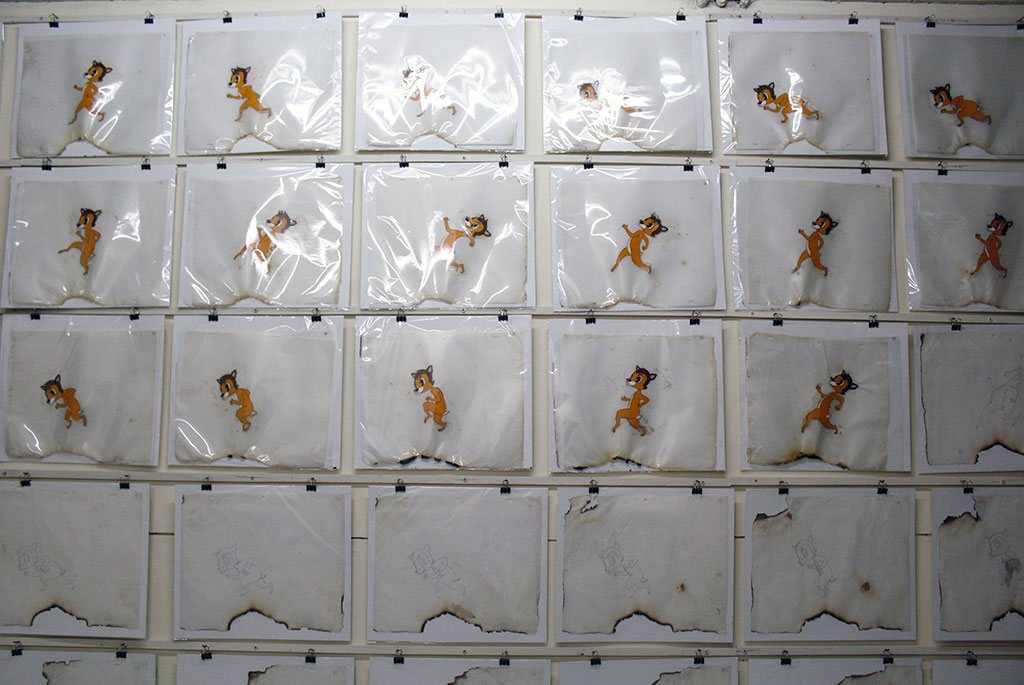
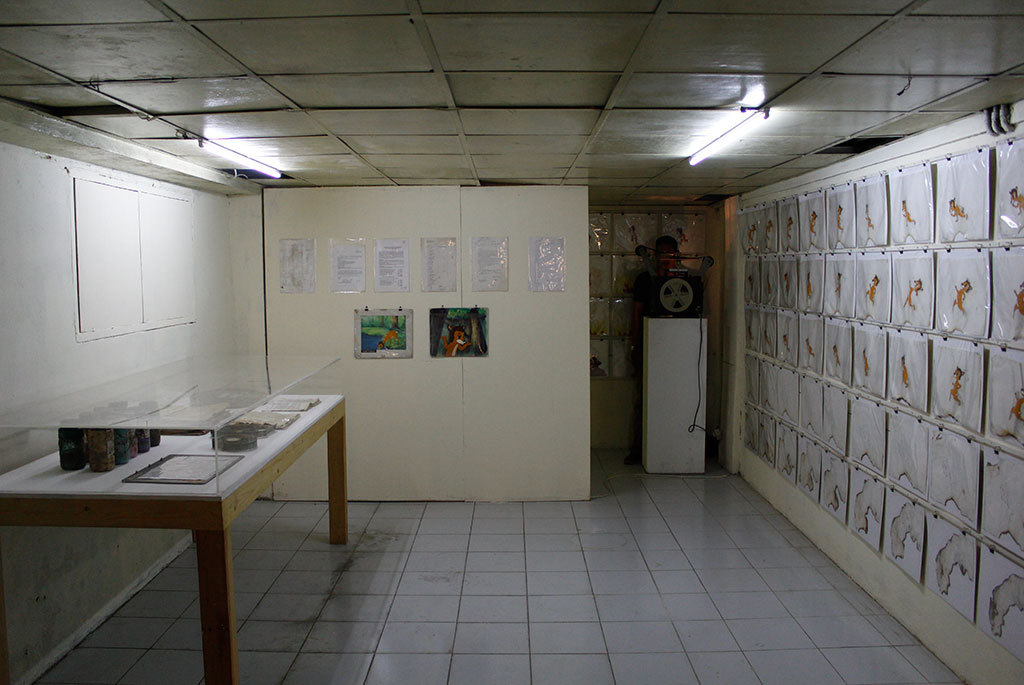
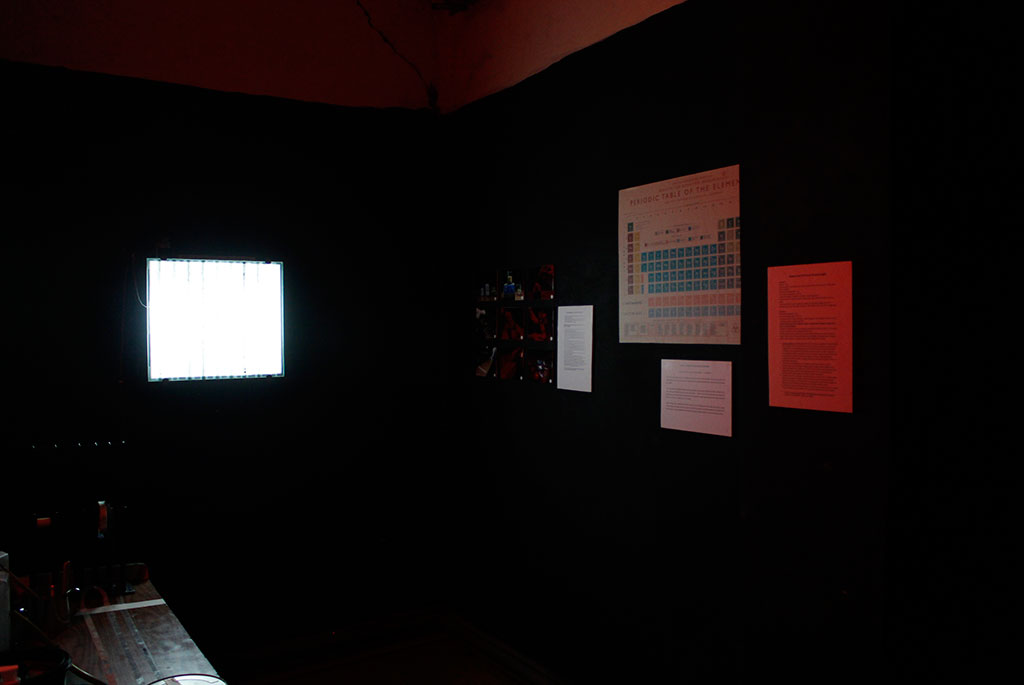
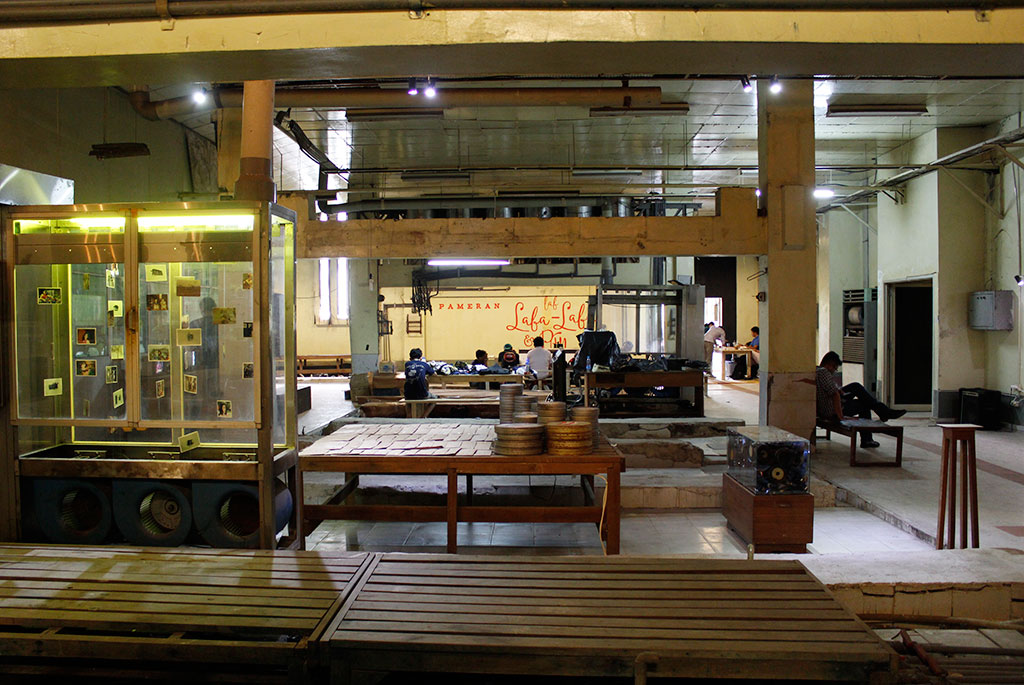
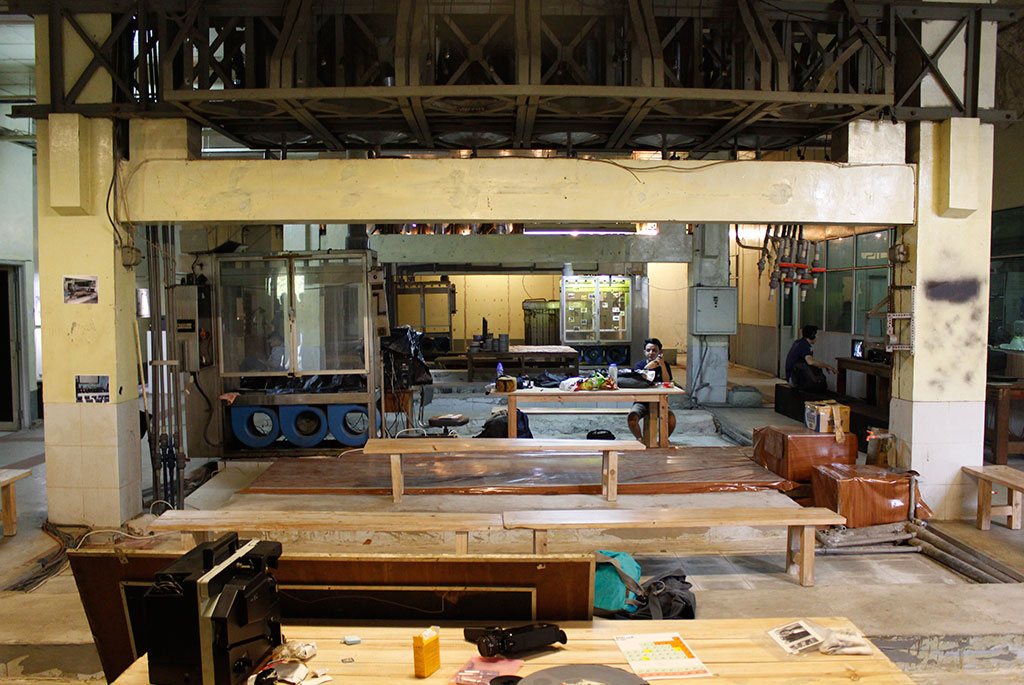
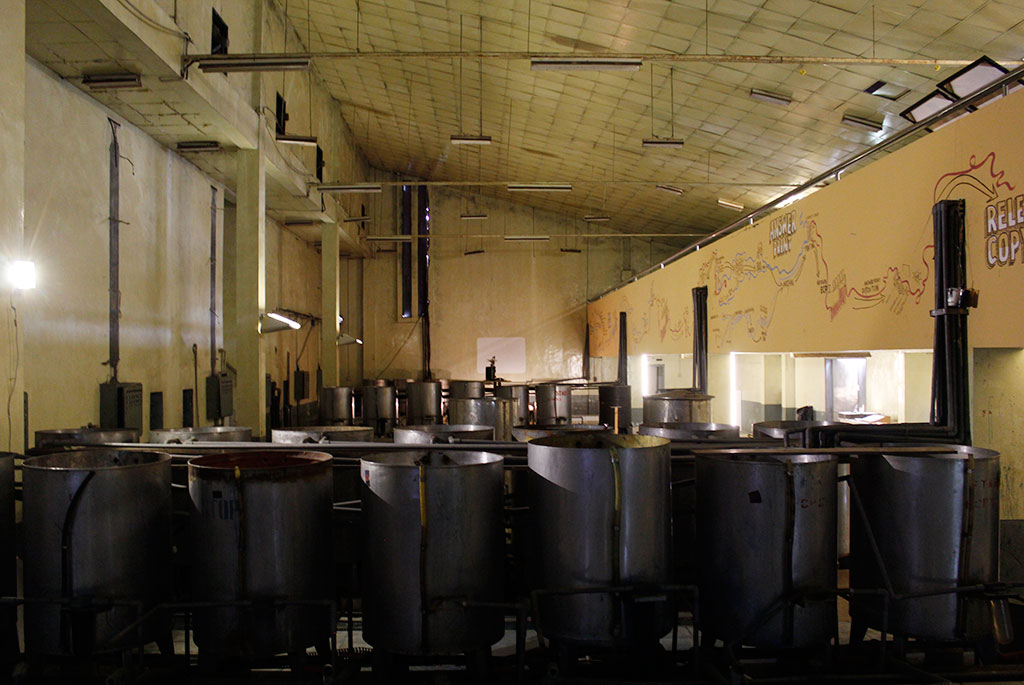
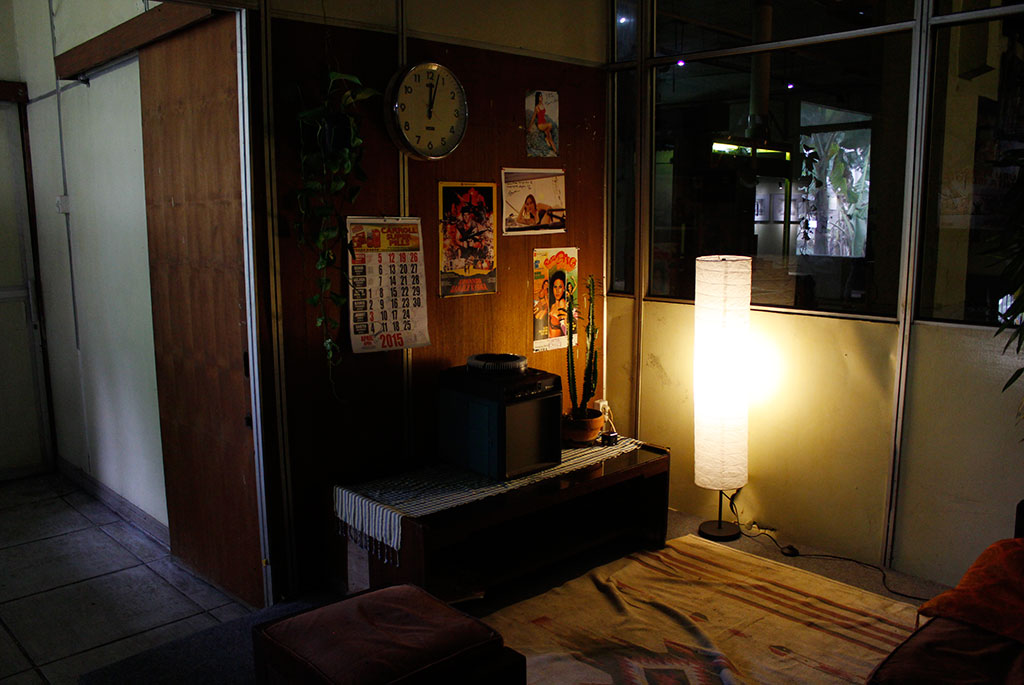
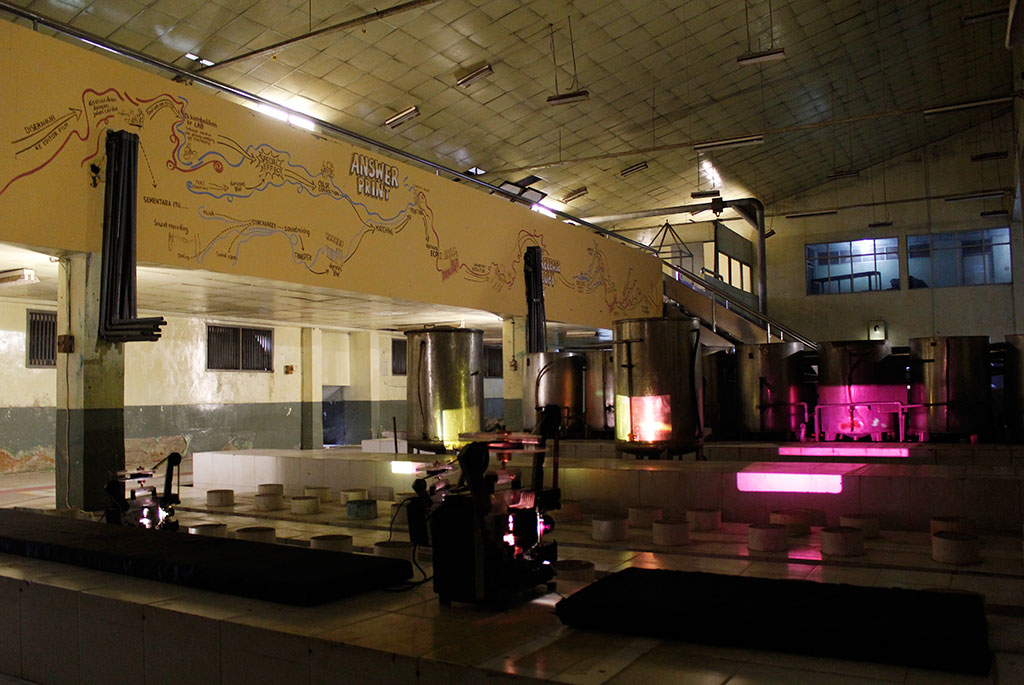
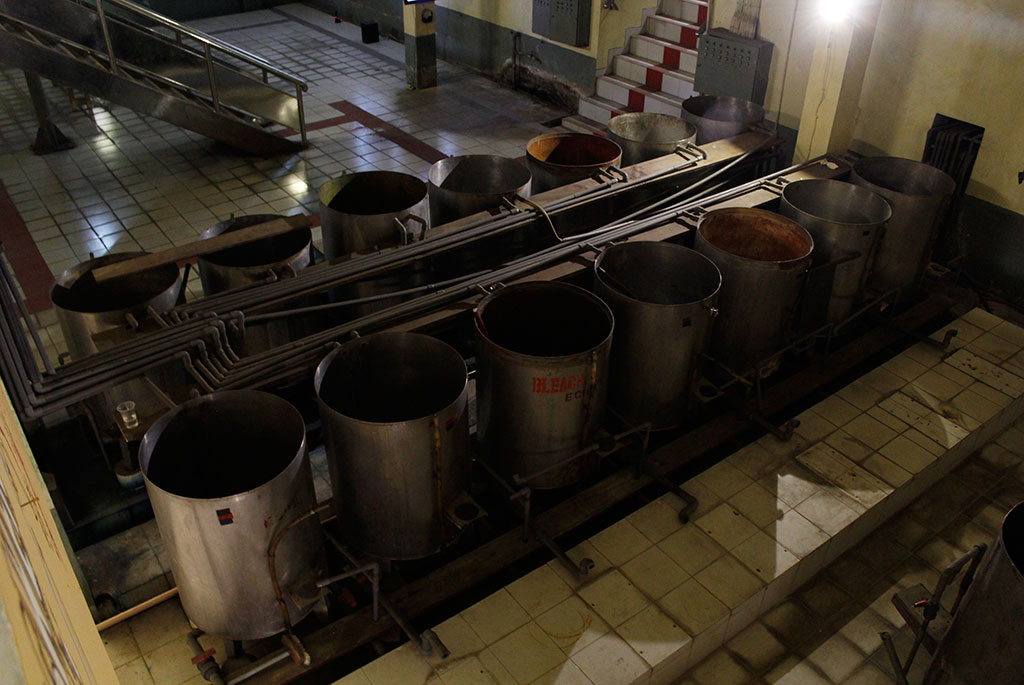
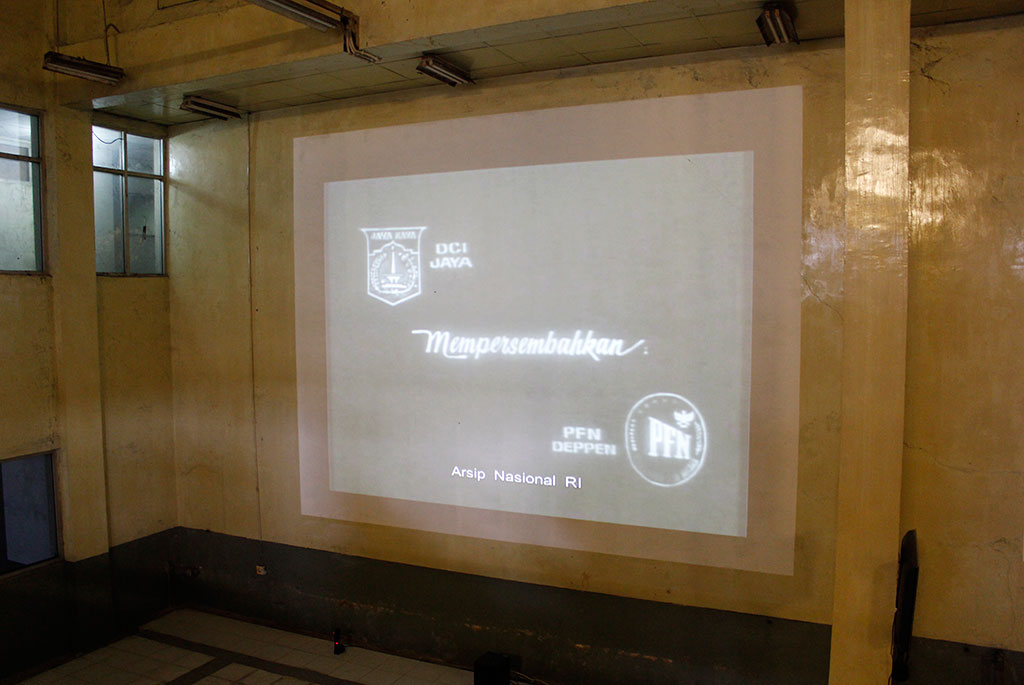
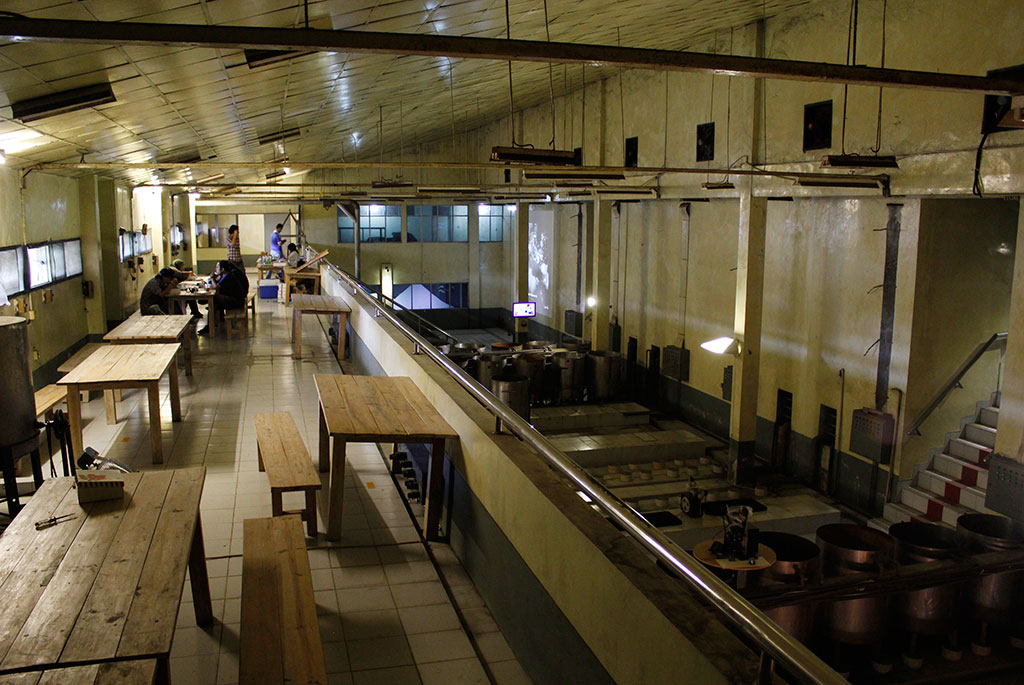
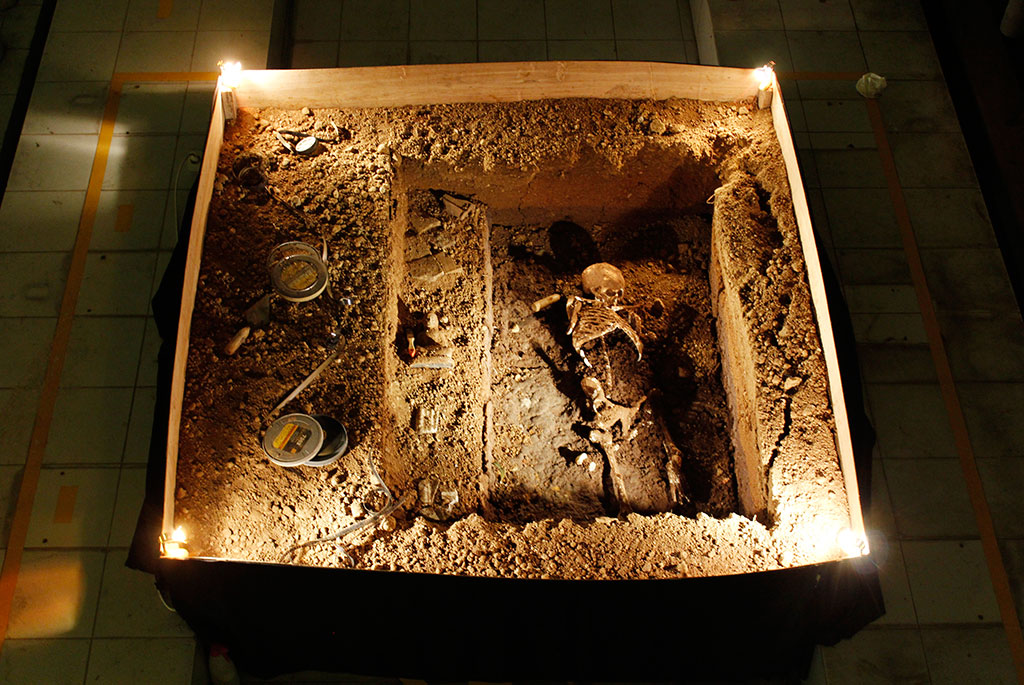
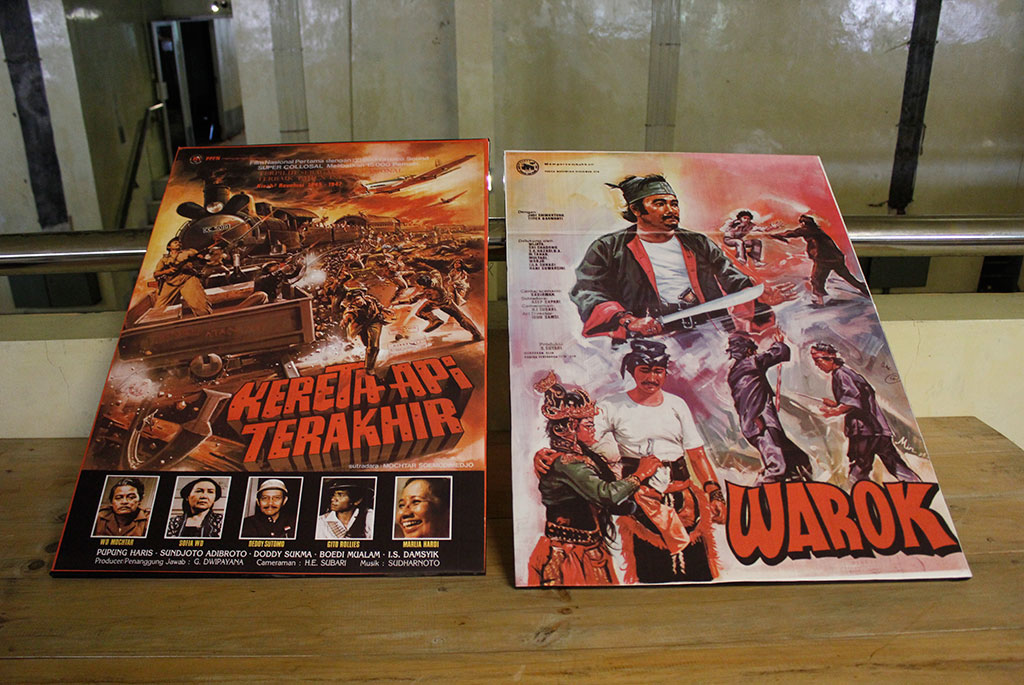
Produksi Film Negara (State Film Production), or PFN for short, is an institution that not many are aware of whose work they will certainly remember. Having first started as a Dutch production company before becoming a Japanese propaganda machine during their occupation of Indonesia, the PFN’s beginning as an Indonesian owned company was under the name Berita Film Indonesia (BFI – News Films of Indonesia), October 1945 after the archipelago declared independence, and the production company named Nippon Eiga Sha was handed over to BFI’s group of filmmakers. First documenting historical events such as battles and conferences that secured Indonesia’s sovereignty, and then as a production house that created educational films, it wasn’t until 1978 (after being officially PPFN in 1975) when the institution began producing its most famous works including “Penghianatan G30 S PKI” and “Si Unyil.” “Si Unyil” has become one of the most iconic characters in Indonesian popular culture, and “Penghianatan G30 S PKI” has gained notoriety as the Soeharto regime’s propaganda, having being aired every year since 1984 until the subsequent downfall of Indonesia’s second President in 1998.
It is apparent from its birth as a news documentary production to its commercial endeavors that the PFN is responsible in its part to socialize national values. Having such a long and recognizably rich history in Indonesia, the PFN is one of the remaining few facilities with analog production equipment and it holds in its storage many artifacts of the country in visual formats. With the continuously rising use of digital equipment for their convenience and affordability, though, these tactile approaches of production are quickly becoming obsolete, and as a consequence, the many artifacts that made the PFN an important historical institution are abandoned. A community of analog film enthusiasts is trying to preserve these documents and bring new relevancy to the ‘traditional’ methods of filmmaking.
Lab Laba Laba began roughly in the early 2014, after visiting the abandoned laboratory of PFN and finding a large amount of decrepit film rolls. With the community’s team of volunteers, Lab Laba Laba (with permission and support from the PFN) has regularly visited PFN’s laboratory to restore, preserve, and archive the celluloid films in its possession as well as the machinery and methods of developing them. Its objectives preserves the works of an institution with a rich history in media and the many popular culture products that have helped shaped the nation’s character today.
Lab Laba Laba is also dedicated to bringing new relevancy to the analogue approach to filmmaking. Aside from the historical and cultural relevancy of the archive, having available functional facilities and methods creates options for the filmmaker. Just because analogue film processing is no longer the norm does not mean that it cannot be an option to produce films today. It provides an alternative – a tactile work stream – to the current popular digital practices. This access not only broadens the palette of the creative medium, but also preserves the moving images’ tradition through its practice.
Through out the month of April 2015, Lab Laba Laba and PFN have been holding an exhibition and weekly events in the PFN laboratory to create awareness of their efforts. Part of a series of events (Film Musik Makan, #KolektifJakarta, and Pameran Laba) and under the umbrella of Mengalami Kemanuasiaan (Experience Humanity), the Lab Laba Laba & PFN exhibition invites visitors into its laboratory to experience not only its facilities, but also see artist interpretation of its condition, and of course, have a good time. Every weekend, PFN’s laboratory opens its doors to the public, where they can explore the facilities and enjoy the works of 12 artists who have interpreted the conditions of PFN and celluloid film as a medium as well as its cultural significance.
Walking into PFN’s laboratory, the character of an abandoned building is still apparent even after PFN and Lab Laba Laba’s efforts to clean it – the facilities’ color shows sign of aging, there is still an apparent layer of dust in some corners. There is an atmosphere of nostalgia in the abandoned facility, the remains of machinery (many of them stolen or its parts stolen after the lab was closed) is still apparent – one can imagine that in its heyday the building was home to many activities, and the sounds of its machinery echoes in its giant halls and small passages.
As one explores its rooms and corridors they will be greeted by the works of Anggun Priambodo, Anton Ismael, Ari Dina, Edwin, Feransis, Luthfan Nur Rochman, MG Pringgotono, Rizky Lazuardi, Ruddy Hatumena, The Sekbils, The Youngrrr, and Tumpal Tampubolon, whose art installations has become really the focal point of their chosen areas. Luthfan Nur Rochman’s “Excavating Memoirs” replicates an archeological excavation site, with a 2-meter squared box holding sand, a skeleton, items one expect to find on an dig and a roll of celluloid film. The sentiment is obvious – the celluloid film is part of human history, and there is a sense of discovery, as well as an inference of preservation as one would expect an archeologist to do with their found artifacts.
A favorite is Ruddy Hatumena’s “Jejak si Kancil dan Api Suci” (Traces of the Mousedeer and the Holy Fire) where the artist display animation cells of a cartoon called “Sang Kancil” (The Mousedeer) that were burned by the PFN because it was being spoiled by termites. The animation cells of Sang Kancil was of its character walking, and are displayed from those who are still unspoiled, ones that have been touched by the fire, to those who have almost been burned completely. The installation exhibits the seemingly rash decision of burning the cells, but also the idea of the artifacts being destroyed (whether from neglect or poor decisions) and ultimately unrecognizable and forgotten, which is perhaps the fate of many celluloid film and equipment in Indonesia. Above are but two of the installation in the Lab Laba Laba and PFN exhibition.
The topics tackled by the 12 artists include censorship, film processing, to New Order politics, and the PFN institution itself. The common theme found in all of the exhibits, whether intended or not, is a reference to history and preservation. It is undeniable that films, whether documentary or fiction, celluloid or digital, are documents that captures an era not only literally through its pictures but also its processes as well as the ideas behind their production. The exhibition have also invited several musicians to perform during the weekends and in the process inviting visitors that are perhaps unfamiliar with PFN. What is the fate of PFN’s documents and equipment, and Lab Laba Laba’s efforts to archive them no one knows, but if the exhibition can help raise collective awareness to protect history and traditions then perhaps these celluloid films and machines will become more than relics of our medias past.
— Lab Laba Laba & PFN Exhibition will is open to the public every weekend through out the month of April 2015.
PFN Laboratory
Jl. Otista Raya 125 -127
Jakarta Timur










